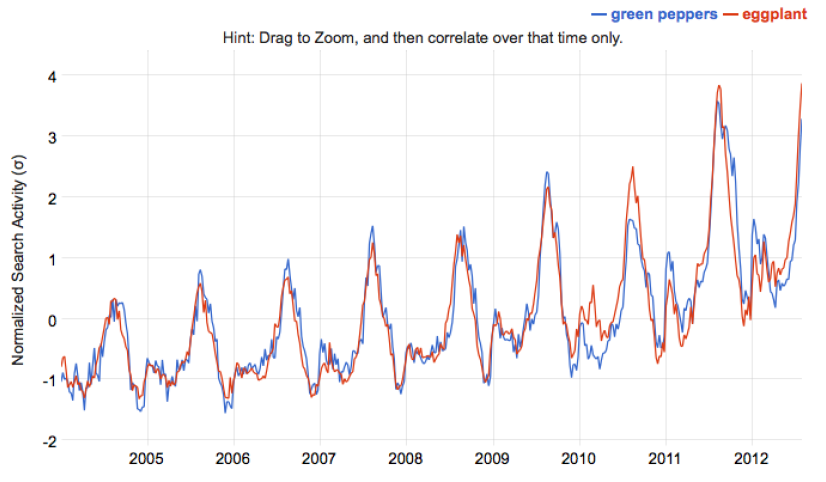Do you know your audience? Do you know how your audience searches? Find out how to identify your audience and their searcher behavior in this short guide.
Who Are You? Who Who, Who Who?
The best way to identify your audience and identify with them is through the creation of searcher personas. Personas are fictional representations of your typical customers, or the typical segments which make up your customer base. These characters embody the demographics and psychographics of your customer base, in order to make them "more real" when designing your website or creating content. Where do they live? What is their age, gender, and income level? To go about creating your searcher initial personas, dive into your site's analytics. View the keywords and devices they use, as well as the locations. Look at the referral sources, and what they could tell you about the typical site visitors.
Demographics
An excellent source of initial visitor demographics is Quantcast.com. From here, you can view some high level statistic about any site that generates enough traffic for an accurate measurement (including your competitors). This includes:
- Age
- Gender
- Income level
- Education level
- Presence of children in the home
- Ethnicity
Additionally, a newly added feature lets you see the typical website this same demographic group visits, as well as the interest categories they typically visit. After examining this information, you can quickly get a sense of who your audience is, and what they are concerned about.
Free SEO Scorecard
Get professional analysts' insights into your Technical SEO, Content, Competitor Activity, UX, Web Analytic Configuration, and more. Get started with your free website SEO audit today.
Searcher Behavior
One of my favorite tools for discovering search patterns is Google Correlate. This nifty resource shows you related searches for any keyword you type in, both expected and unexpected. For example, if I type in "green peppers," the highest correlated search term is "eggplant" at .94. Knowing this, if I were a green pepper enthusiast, I would consider creating content about eggplants as well, since it is highly likely my target audience is also interested in eggplants. This tool is really handy, and you never know what you might find out. That being said, correlation is not always causation, so use this tool as a supplement to your other research.

Another great source of searcher behavior insights is through the Google search bar itself. Known as "Google Instant," this information pops up underneath the text field when you're typing in a search query. For the typical user, the function is to make life easier by offering you common options, but for a savvy marketer like yourself, you can use it to see the most commonly used search terms and variations.
To gather data from Google Instant and other similar data sources, use Soovle.com. Soovle lets you see Google Instant and a variety of other website's auto-fill information at the same time. You can choose the search engines you want to investigate (top right corner), but some of the most common are Google, Amazon, Wikipedia, Yahoo, Bing, YouTube, and Answers.com. There are a wide variety of engines to choose from, allowing you to gather data on products, information, services, videos, and a variety of content formats.
This has been a brief introduction to identifying your target audience, and for more information about developing searcher personas, view this classic presentation from Mike King.
